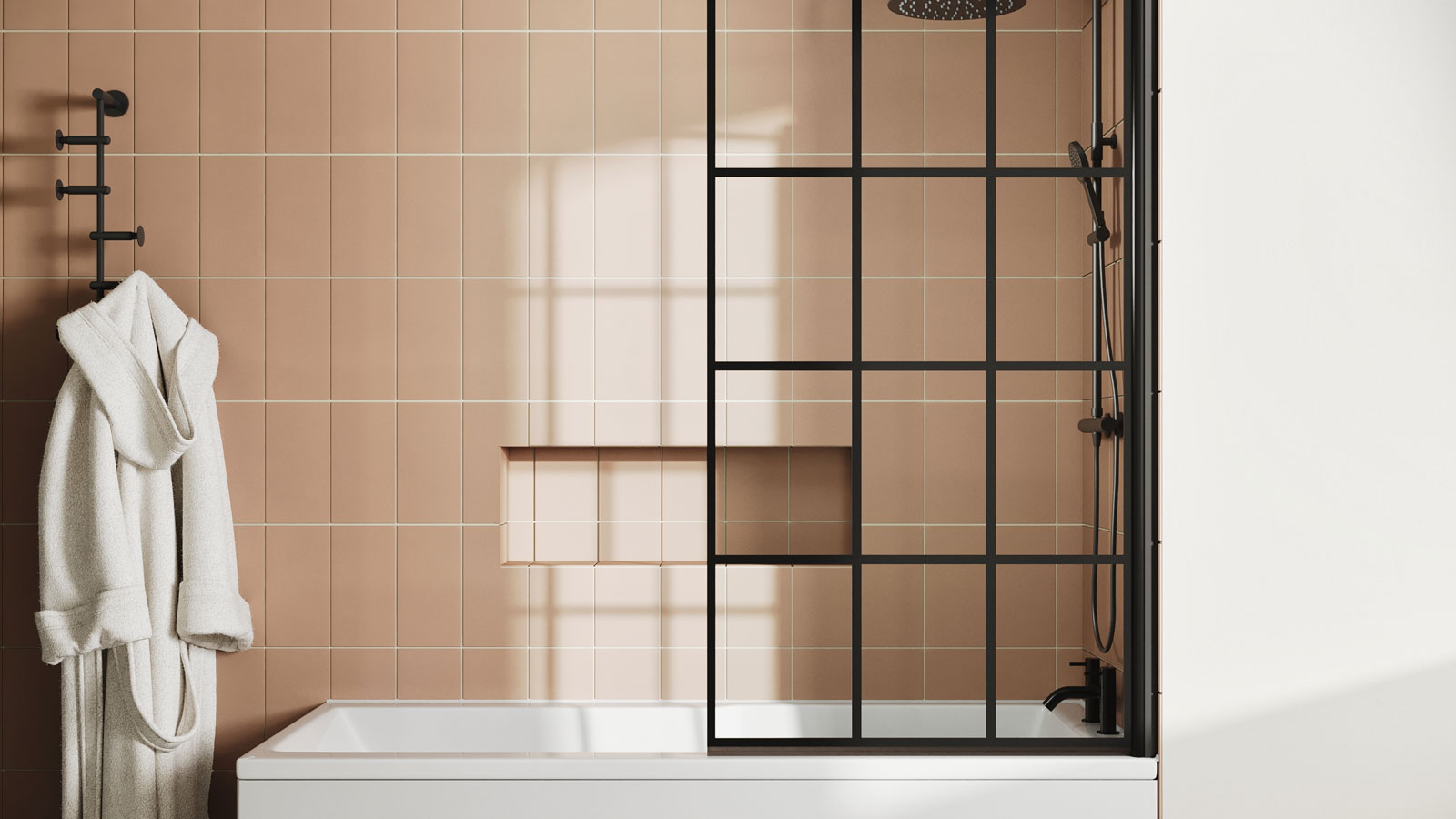How to use decorators' caulk: Your questions answered
Knowing how to use decorators' caulk is a great DIY skill to have. Here we tell you where and how it can be used and how long before you can paint over it.

Once you know how to use decorators' caulk you can start filling in those annoying gaps around windows, doors and skirting boards to help give a professional finish to any paint project. All you need to do is apply, smooth out – known as tooling – and leave to dry.
Sounds simple and it is when you know how. There is definitely an art to applying decorators' caulk and if you're a novice it is a good idea to have a few practice runs after reading this guide. If you are painting skirting boards that need caulking find an out of the way corner to have a try.
We tell you all you need to know to become a caulking pro in this guide.
How to use decorators' caulk: A step-by-step guide
To use decorators' caulk correctly you need to set up and plan ahead before its called into action. Here we tell you what you need to know.
1. Clean and dry area to caulk
Make sure that the area you are going to caulk is clean, dry and as dust free as possible. If not, clean and leave to dry. This will help the caulk adhere better to the surface ensuring a better, longer lasting finish.
2. Cut the tube and load the gun
Slip off the nozzle cover and get yourself a sharp knife to cut the nozzle. Cut at 45 degrees around an inch down the nozzle. If you need a large bead cut further down the nozzle. Now place the cartridge in your caulking gun and squeeze the handle until the cartridge has a tight fit and a bead of caulk comes out of the nozzle.
3. Squeeze and fill
Start at the one end of the gap to be filled, i.e. in a corner if caulking skirting board. Place the caulking gun at a shallow angle at the start of the gap, now gently squeeze the gun handle and as soon as the caulk appears, run along the gap with a smooth motion and even speed to get an even application.
4. Smooth and finish
Now you need to smooth out the caulk. Do this as soon as you have laid the caulk. You can wet your finger and run along the caulk. But using a damp sponge – a kitchen sponge is a good choice – is more hygienic and gives a better finish. Keep a cloth handy to wipe excess caulk off the sponge. Alternatively, get a caulk finishing kit to get different style finishes.
How long do you leave decorators' caulk before painting?
Decorators' caulk is typically quick drying and will be touch dry in around an hour or two. But it is recommended that you leave it for around three or four hours to let it cure properly before you think about painting.
If you are painting skirting boards or similar horizontal areas that have been caulked you need to make sure that the surrounding areas are as dust free as possible. If dust or debris gets onto the caulk before it dries properly it will stick to the caulk. This means you will need to wait until it is fully dry before you clean or sand down before painting.
Bring your dream home to life with expert advice, how to guides and design inspiration. Sign up for our newsletter and get two free tickets to a Homebuilding & Renovating Show near you.
How big a gap can I fill with caulk?
As a general rule of thumb decorators' caulk is ideal for small gaps between walls and architrave and skirting boards. To work well with a single bead of caulk a gap should be no more than 6mm.
If you have a slightly bigger gap you can apply two beads of caulk. Apply the first bead of caulk so that it is below the top of the edge you are caulking i.e skirting boards. Leave to dry for at least two hours and then apply another bead of caulk and smooth out as required.
If you have gaps bigger than 10mm you will need to think about other options for filling gaps such as replacing the trim, or filling with a suitable filler before adding any caulk. This is a good time to think about how to fill gaps in walls so all surrounding areas are prepped and ready to paint at the same time.
How long does decorators' caulk take to dry?
Most decorators' caulk will be dry within an hour or two and once it is dry you will not be able to ‘tool’ it. Caulk is only workable for around 20 minutes so if you don’t shape or smooth it within that time it will set as it comes out the tube.
Unless you’re a pro at working with decorators' caulk it will be lumpy and uneven which is not the finish you are looking for. You will need to remove the caulk – which can be a messy job – and clean up before you can add the caulk again.
So, if you are painting windows, or doors, make sure that you tool the caulk as soon as you apply it.
Is there a difference between decorators' caulk and silicone?
Yes there is. Caulk can seal small gaps, is waterproof and can be painted over. While silicone has very similar qualities – it can fill small gaps and is waterproof – it differs in that it remains flexible and cannot be painted over.
Caulking skirting boards is a typical use for caulk as well as filling gaps in architraves around doors and windows. Silicone's flexibility and waterproof qualities make it ideal for bathrooms where no painting is needed.
Steve Jenkins is a freelance content creator with over two decades of experience working in digital and print and was previously the DIY content editor for Homebuilding & Renovating.
He is a keen DIYer with over 20 years of experience in transforming and renovating the many homes he has lived in. He specialises in painting and decorating, but has a wide range of skills gleaned from working in the building trade for around 10 years and spending time at night school learning how to plaster and plumb.
He has fitted kitchens, tiled bathrooms and kitchens, laid many floors, built partition walls, plastered walls, plumbed in bathrooms, worked on loft conversions and much more. And when he's not sure how to tackle a DIY project he has a wide network of friends – including plumbers, gas engineers, tilers, carpenters, painters and decorators, electricians and builders – in the trade to call upon.

